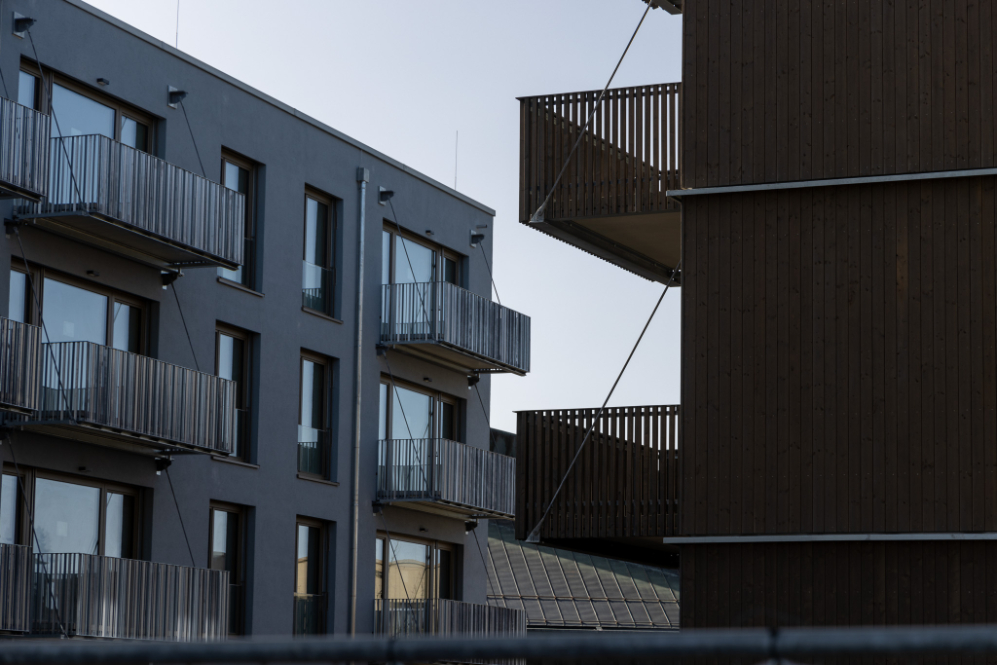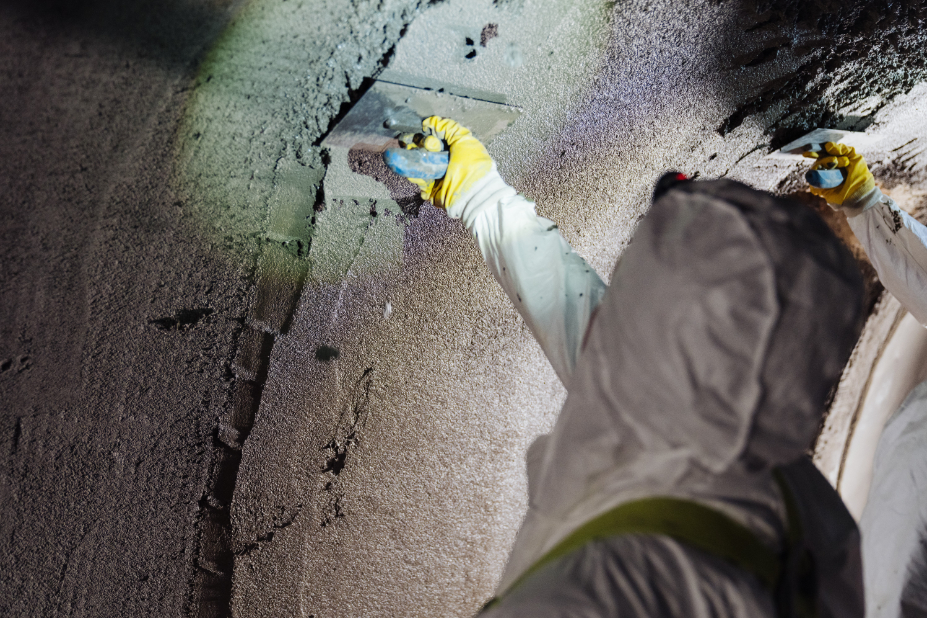Anyone building today faces challenges that go far beyond design, function, and structural analysis. Sustainability, resource scarcity, and durability are no longer fringe issues but have become key criteria in construction decisions. In this context, an innovative material is increasingly coming into focus: carbon reinforced concrete. While the material is known to many in the construction industry, its immense potential often remains underappreciated — time to change that.
Carbon vs. Steel
Carbon reinforced concrete differs fundamentally from traditional steel reinforced concrete. Instead of using corrosion-prone steel, it incorporates reinforcement made of carbon fibers. These consist of ultra-fine, high-strength filaments, impregnated and hardened in a epoxy resin system. Carbon’s tensile strength is many times higher than that of steel — while being significantly lighter. Most importantly: carbon does not rust. This seemingly simple difference has enormous implications for construction practice.
Less concrete coverage, less material
The non-corrosive nature of carbon makes traditional protective measures, such as thick concrete cover, unnecessary. In conventional reinforced concrete elements, this cover typically ranges from 40 to 55 millimeters to protect the steel reinforcement under extreme exposures (e.g., chlorides). Carbon, on the other hand, requires only about 19 millimeters — resulting in slimmer components, reduced concrete use and significantly lower material and transport needs. Especially at a time when cement is criticized for its CO₂ intensity, this is a major advantage.
100 years guaranteed durability
While conventional reinforced concrete elements are typically designed for a service life of 50 to 80 years — depending on exposure and maintenance — studies of carbon-reinforced elements show much longer lifespans. Carbon-reinforced components can easily last over 100 years without compromising structural performance. Numerous long-term fatigue tests confirm the material’s reliability and resistance under realistic loading conditions.

Guideline & Approval
Particularly important for designers and contractors: The DAfStb guideline “Concrete elements with non-metallic reinforcement” (2024) now provides a normative framework for the use of carbon concrete. It enables the standardized planning and execution of components reinforced with carbon, among other materials. Currently, solidian GRID is the only carbon reinforcement mesh with a general building inspection approval (abZ) — a critical factor for safe and economical application in everyday construction.
Various products with EPD
As a leading manufacturer, we offer a versatile product portfolio. For example, solidian GRID is a lightweight, high-strength carbon reinforcement mesh ideally suited for load-bearing concrete components. Its low installation height makes it especially well-suited for slender and elegant designs. For projects using rod-shaped reinforcement, solidian REBAR is an excellent alternative to conventional steel reinforcement bars. The range also includes solidian ANTICRACK — a specially developed mesh that helps minimize crack widths and improves crack distribution in concrete elements. Additionally, flexible grids for constructive applications are available. Some of these products are supported by Environmental Product Declarations (EPDs) to aid in sustainable planning.
Applications
Carbon concrete is no longer just a topic for research or flagship prestige projects. It is ready for widespread use — both in new construction and renovation. Especially in cases where traditional steel reinforcement reaches its limits — such as in chloride-contaminated structures or highly exposed environments — carbon truly comes into its own.
In civil engineering, carbon reinforced concrete is mainly used for new construction and structural strengthening of bridges — where load capacity, durability and corrosion resistance are critical. In building construction, its slim profile enables delicate architecture with high load-bearing capacity, such as in façade elements, balcony slabs and parapets. In renovation projects, carbon reinforced concrete stands out thanks to its thin application layers and logistical advantages — it’s lightweight for transport and space-saving on-site (e.g., rollable reinforcement). It can be used as a thin strengthening layer on existing structures, reducing construction time and costs while significantly extending service life. Even in particularly aggressive environments like wastewater treatment plants, parking garages, or underground structures, carbon’s chemical resistance and longevity pay off.
To support planners and engineers, we offer an extensive planning center with relevant documents and a structural design tool.



